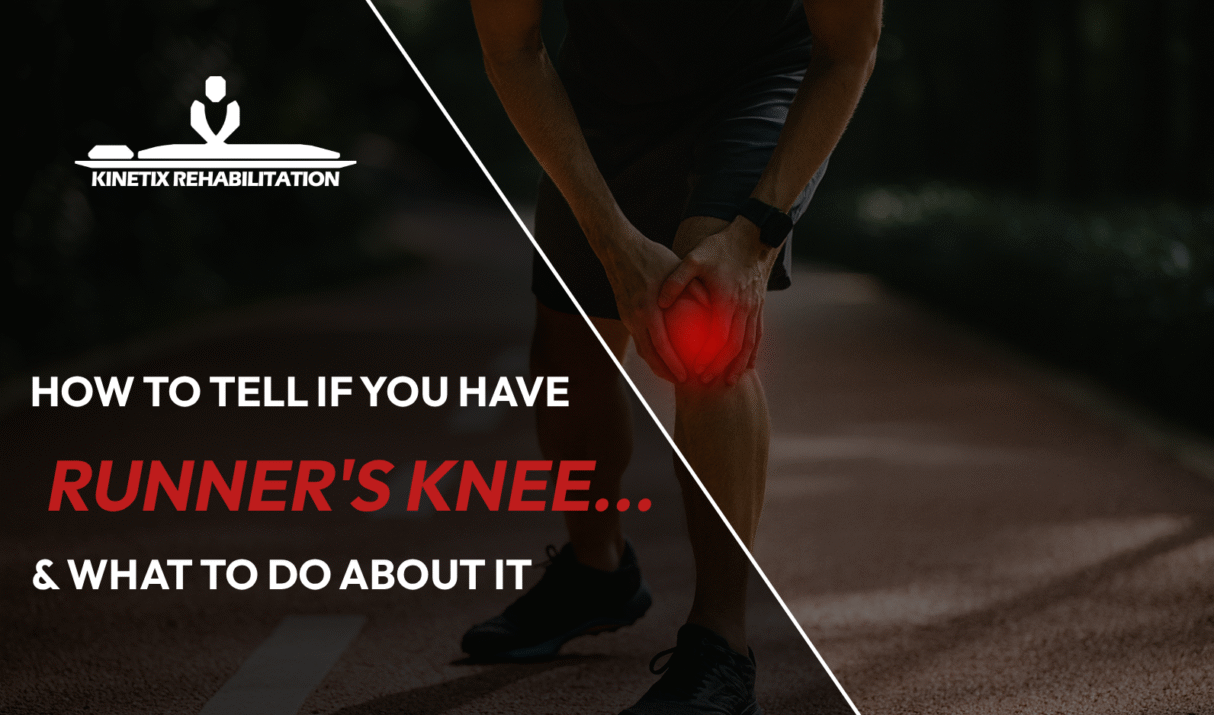My Run-In with Runner’s Knee: Overcoming Patellofemoral Pain Syndrome It started as a mild ache on the outside of my kneecap during a routine run. I shrugged it off as “just one of those runner pains” and kept pushing. A week later, I was limping home, knee throbbing. That’s when I realised: I had the dreaded Runner’s Knee. Little did I know this would kick off a journey of frustration, learning, and ultimately recovery. In today’s blog, I want to talk about something I’ve personally experienced, that dull, frustrating ache around the front of the knee that creeps in after runs: Runner’s Knee, also known as Patellofemoral Pain Syndrome (PFPS). For me, it started when I caught that runner’s high and ramped up my training volume too quickly, extra runs in the week, longer sessions, and not enough recovery. Within a few weeks, that mild ache turned into a sharp, consistent pain every time I went downstairs or stood up after sitting for too long. If this sounds familiar, you’re not alone. Runner’s knee is one of the most common injuries I see in both new and experienced runners. Let’s break down what it really is, why it happens, and how you can overcome it, with a bit of evidence, experience, and a story or two from my own recovery journey. What Is Runner’s Knee, Anyway? “Runner’s knee” is actually a pretty spot-on nickname. Clinically, Patellofemoral Pain Syndrome (PFPS) is defined as pain arising from the patellofemoral joint; the area where the patella meets the femur, and is aggravated by activities that increase pressure on the joint, such as squatting, running, or prolonged sitting (Crossley et al., 2016), – which is just a fancy way to say “your kneecap area hurts when you load the knee, but there’s no obvious structural damage like a tear.” PFPS often lacks a specific, identifiable structural lesion like a ligament tear or muscle strain. Instead, the pain is caused by the irritation and inflammation of the soft tissues surrounding the kneecap, triggered by improper mechanics and increased stress over time (Lankhorst et al., 2013). Runner’s knee is incredibly common, not just for marathoners, but for everyday runners and even non-runners. PFPS is one of the most prevalent causes of knee pain in physically active adults, affecting an estimated 15–45 % of people at some point (Smith et al., 2018). Among runners, it’s practically an epidemic, accounting for roughly 19–30 % of all injuries in women and 13–24 % in men (Esculier et al., 2016). No wonder they call it runner’s knee! The good news (if you can call it that) is that runner’s knee is usually an “overuse” injury rather than an acute traumatic one. That means it creeps up due to irritation from repetitive stress. In my case, there was just an ache that got worse. Still, when you’re in pain, it sure feels like a big deal. And while it can feel stubborn, with the right approach, it’s very treatable. Symptoms Runner’s knee often starts as a dull ache around or behind the kneecap and may progress to sharper pain if ignored. Common symptoms include: Pain when running, particularly downhill or on stairs Discomfort after sitting for long periods Grinding, clicking, or creaking sensations in the knee Tenderness along the sides of the patella Swelling or mild inflammation around the knee joint If left untreated, symptoms can persist for months and may affect everyday activities, so early management is key. How I Ended Up with Runner’s Knee (Causes) Let me confess: I made just about every classic mistake that can lead to runner’s knee. In hindsight, it’s almost like I followed a recipe for PFPS. It started with excitement and a lack of patience; I increased my weekly mileage and intensity without enough rest or strength work – a classic case of “too much, too soon”. Research shows that rapid spikes in training load are a major cause of PFPS, as they exceed the tissue’s capacity to adapt (Esculier et al., 2016). Add in running on hills or hard surfaces and… Cue the knee pain. In many cases of runner’s knee, you find the person (hi, that’s me) recently changed something in their routine – more mileage, faster runs, or new terrain, and the knee simply couldn’t adapt fast enough. I ignored the early twinges. When my knee first started acting up, I did what a lot of runners do: pretended it was fine. I popped a couple ibuprofen, iced it a bit, and tightened my laces thinking maybe my shoes were loose. Spoiler: that didn’t fix it. Pain is our body’s alarm system, and I effectively hit the snooze button over and over. Looking back, I realise I was training through pain out of fear of losing fitness. But ignoring that initial discomfort only invited it to become a full-blown, ongoing issue. Poor biomechanics played a role. Once I finally paused to dig into the research, I learned a few movement issues were contributing to my runner’s knee. For one, my single-leg squat showed my knee caving inward (knee valgus), and I struggled to do clamshells. This indicated poor neuromuscular control of the hip and knee from weakness in the gluteus medius, external rotators and knee extensors (quadriceps). I later found that Patients with PFPS often show reduced quadriceps and hip external rotator strength compared to healthy controls (Papadopoulos et al., 2012; Bisi-Balogun et al., 2015). As proven by Rathleff et al. (2014), this can lead to poor knee tracking and increased stress under the kneecap. Basically, my alignment wasn’t ideal; each stride was giving my kneecap a bit of a beating due to how my legs were moving. However, here’s an interesting twist I discovered: weakness might be as much a result as a cause. In two studies that followed new runners over time, those who eventually developed runner’s knee did not start out with weaker legs, they were just as strong as other runners before the pain (Esculier

